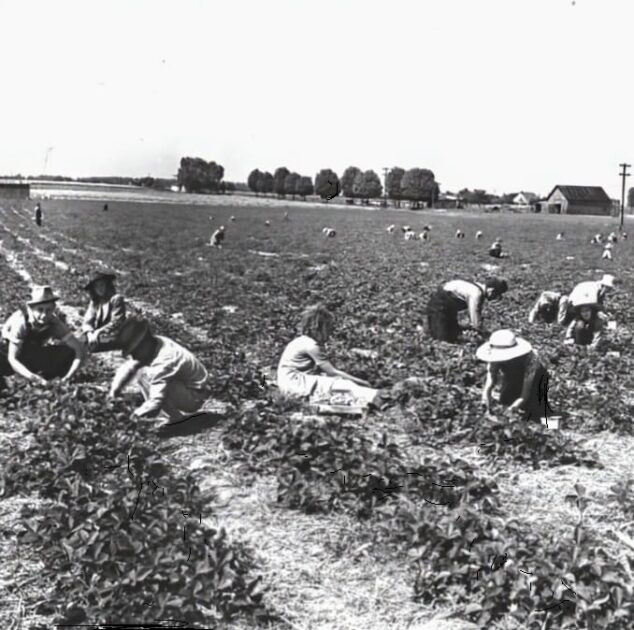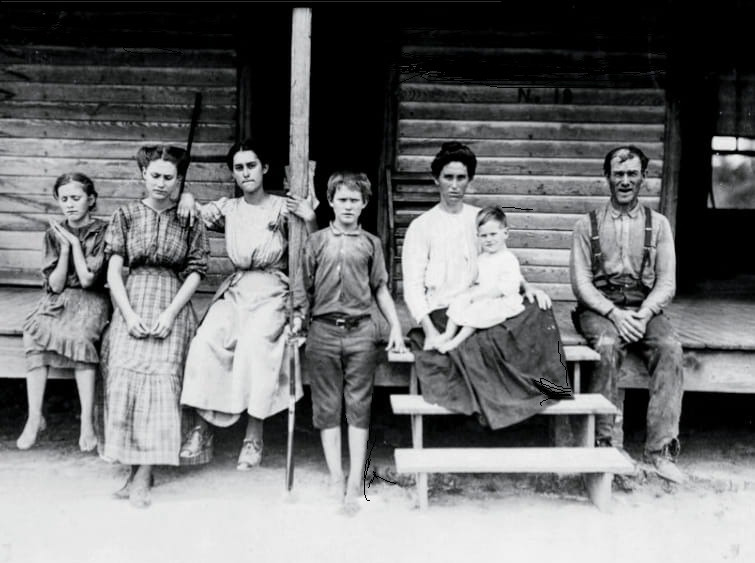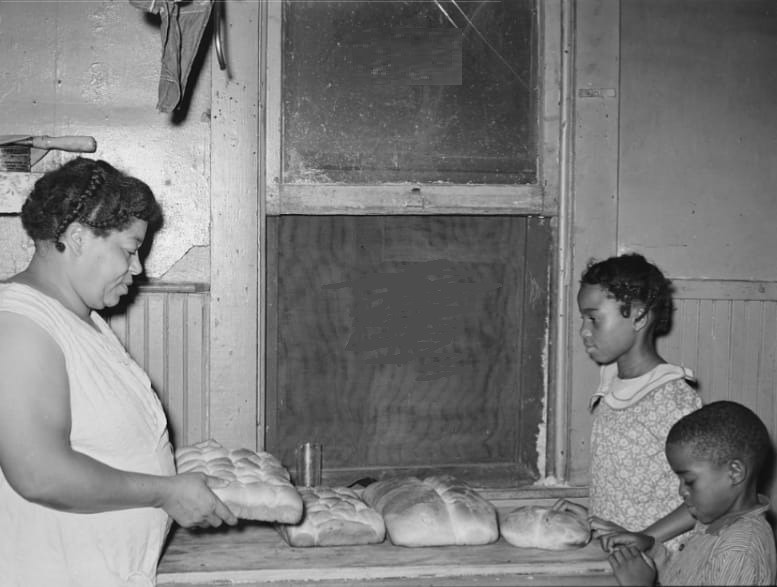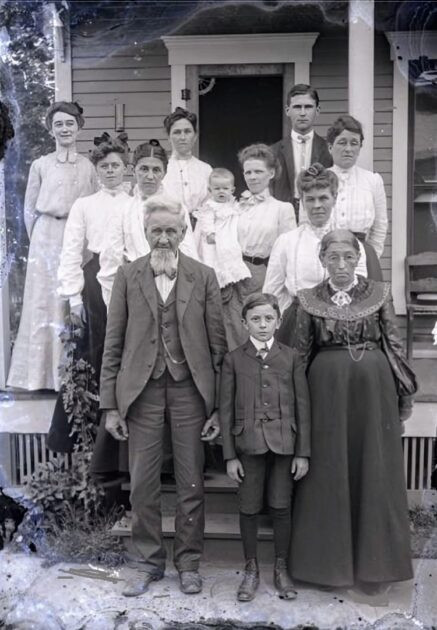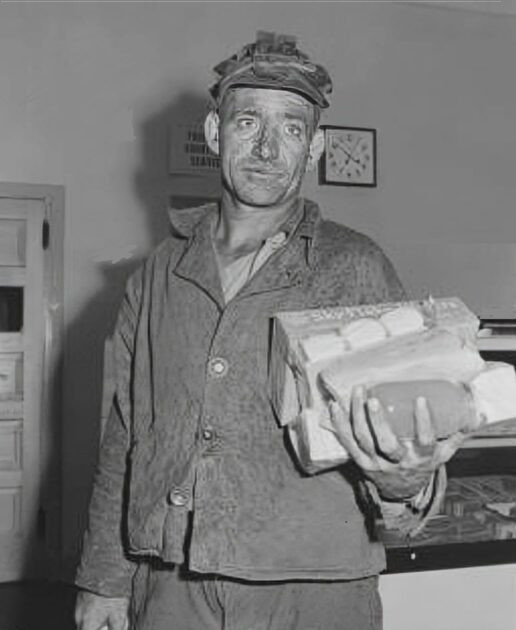Georgia, 1939: Life and Community in Greene County
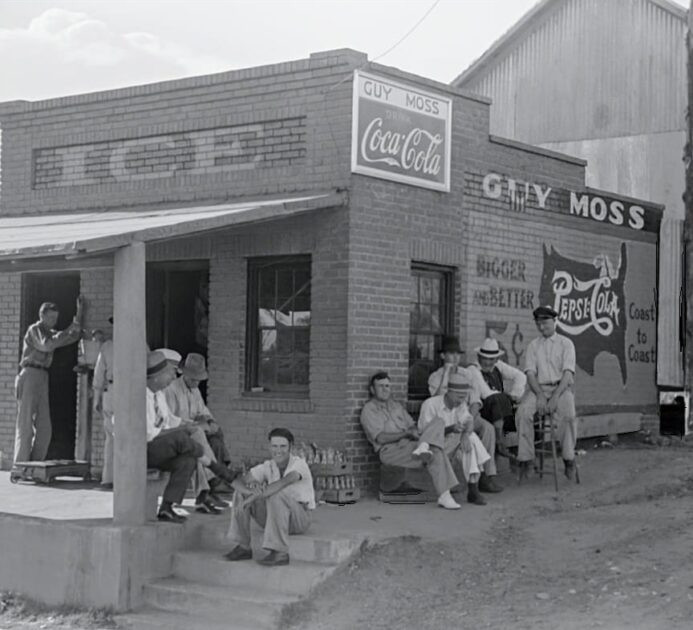
Caption: Men hanging around crossroads store, Greene County, Georgia, 1939.
In 1939, Georgia, like much of the United States, was emerging from the depths of the Great Depression. Rural communities, such as those in Greene County, were beginning to see the glimmers of economic recovery, though the scars of the preceding decade were still evident. This period in Georgia’s history is a tapestry of resilience, community bonds, and the simple, yet profound, rhythms of rural life.
Greene County, situated in the rolling hills and fertile lands of central Georgia, epitomized the essence of Southern rural life. Small towns and crossroads communities dotted the landscape, each serving as a hub of social and economic activity. One such hub was the local crossroads store, a place where the pulse of the community could be felt in every conversation and every transaction.
The crossroads store was more than just a commercial establishment; it was the heart of the community. It was where farmers, laborers, and townsfolk converged, not just to buy and sell goods, but to share news, swap stories, and find solace in the company of neighbors. The photograph captioned “Men hanging around crossroads store, Greene County, Georgia, 1939” captures this quintessential slice of life, offering a window into the daily interactions that defined rural Georgian society.
In the photograph, a group of men can be seen gathered outside the store, their postures relaxed, yet purposeful. Their faces, etched with the lines of hard work and weathered by the Southern sun, reflect a shared understanding and a common experience. These men, like many in Greene County, were likely farmers or manual laborers, whose days were dictated by the cycles of planting, growing, and harvesting.
The store itself, with its wooden facade and hand-painted signs, stands as a testament to the modest yet vital role such establishments played. Inside, shelves stocked with essentials—flour, sugar, coffee, and tobacco—served the immediate needs of the community. The storekeeper, a figure of both commerce and counsel, knew each customer by name and understood the intricate web of relationships that wove the community together.
1939 was a year of significant change and anticipation. The New Deal programs initiated by President Franklin D. Roosevelt had begun to take root, bringing much-needed relief to rural areas through various agricultural and infrastructure projects. In Greene County, these programs helped stabilize the economy and provided jobs, yet the lingering effects of the Depression meant that daily life remained a constant struggle for many.
Amidst these challenges, the crossroads store was a place where men could gather to discuss not only the price of cotton or the next harvest but also the broader changes happening in the world. News of the escalating conflicts in Europe would have reached even these rural outposts, stirring discussions about what it might mean for their sons and brothers. Yet, in the face of such uncertainties, the camaraderie and resilience displayed in these daily gatherings underscored the strength of community bonds.
The image of men congregating outside the store also highlights the gender roles and social structures of the time. While men gathered at the store, women were often engaged in equally demanding roles at home, managing households and supporting the family’s agricultural efforts. These dynamics were an integral part of the fabric of rural life in 1939 Georgia.
Reflecting on this period, it is clear that the crossroads store was more than a mere backdrop for daily life in Greene County. It was a place where the community’s collective memory was forged, where stories were told, and where the resilience of a rural Southern community was on full display. The men hanging around the crossroads store in 1939 were part of a larger narrative of perseverance, adapting to change while holding fast to the values and traditions that defined their way of life.
Today, the memories of such places and moments offer valuable insights into the history and culture of rural America. They remind us of the enduring human spirit and the importance of community in the face of adversity. As we look back at Greene County in 1939, we honor the legacy of those who lived through those times, whose lives and stories continue to resonate with us today.
